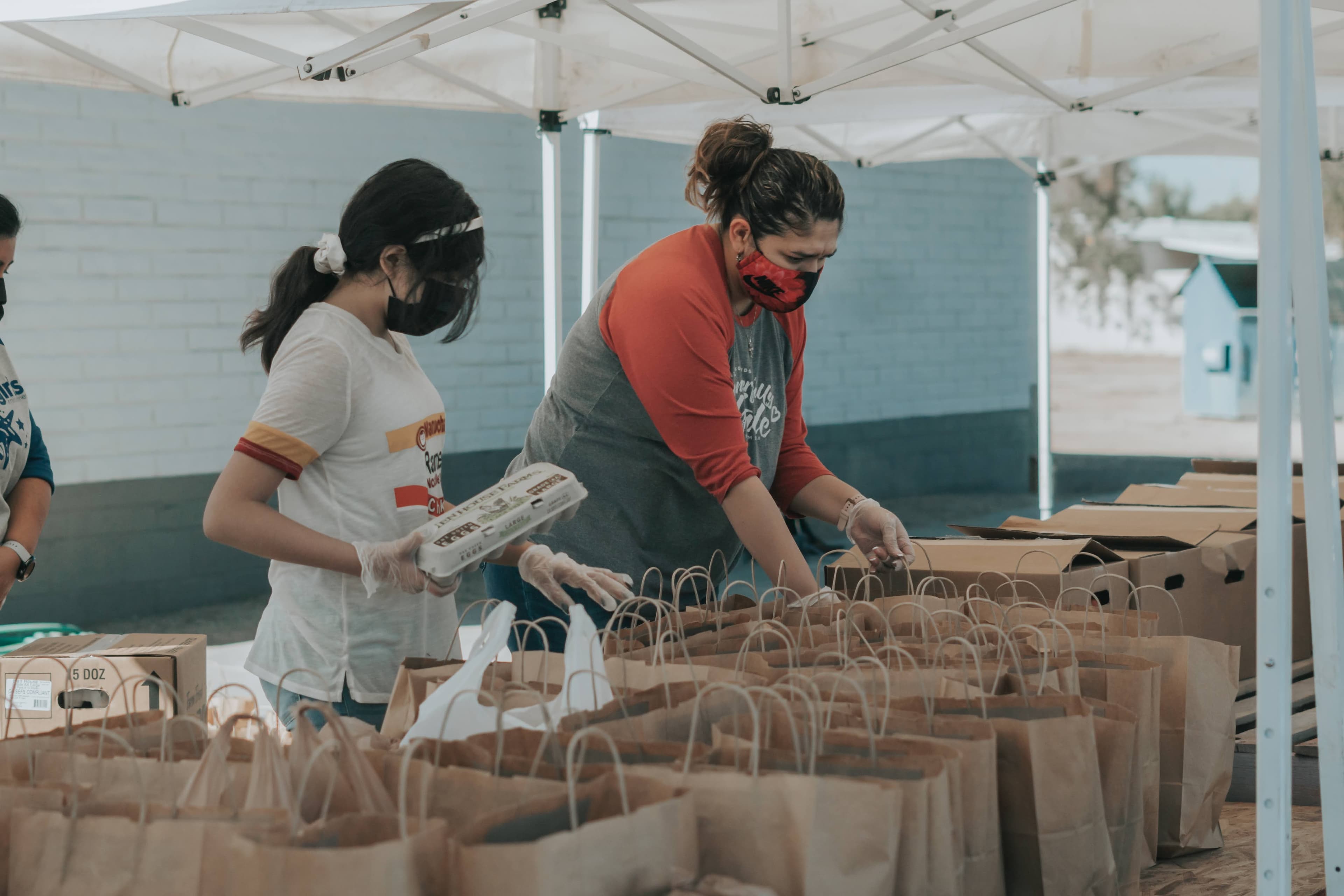Abstract
During the COVID-19 pandemic, the role of food banks as part of the social safety net came into increased focus. Food banks are nonprofit organizations that collect food and other resources from food retailers, food producers, the government, and private donors to redistribute to food pantries, soup kitchens, other nonprofits and sometimes directly to people in need. Food banks originated as a way to redistribute excess food. During the pandemic, food banks changed with shifts in funding, demand, program design, and discourse. I draw on 62 in-depth interviews with food bank leaders across the U.S. and secondary materials from websites and news articles to explore how food banks’ programs and metrics reflect their approach to addressing hunger. I find that while many food banks rely on traditional models of redistributing food to people in need, most food banks are also seeking to address what they term “root causes” of hunger. As food banks turn to “root causes,” they design programs that address individualized conceptions of food insecurity as well as approaches that recognize the systemic inequalities that undergird hunger. I found the predominant metric used across food banks to be pounds of food distributed, despite many leaders’ lamentations that this metric reflected output rather than outcomes. While many leaders brought up their search for new metrics, few food banks had identified outcome-focused metrics. I argue food banks’ programs and metrics reflect varying levels of (mis)matching between the problem of hunger and the solutions that food banks offer.
